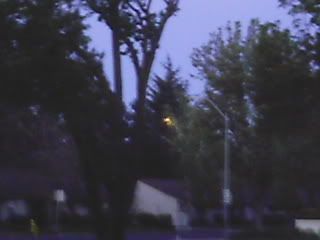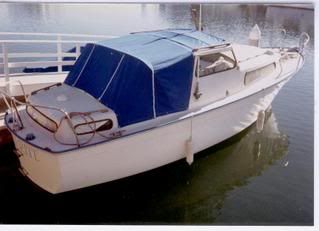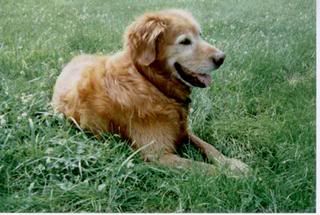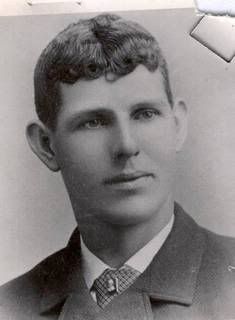One one my high school classmates became a sucessful farmer. Part of his success was due tte clever name he chose for his chief product.
Bunny Love Carrots.
It all began about 16 years ago when Mike Yurosek of Newhall, Calif., got tired of seeing 400 tons of carrots a day drop down the cull shoot at his packing plant in Bakersfield. Culls are carrots that are too twisted, knobby, bent or broken to sell. In some loads, as many as 70% of carrots were tossed. And there are only so many discarded carrots you can feed to a pig or a steer, says Yurosek, now 82 and retired. "After that, their fat turns orange," he says.
Yurosek has always been a "think outside the carrot patch" guy. In the 1960s, Yurosek and Sons was selling carrots in plastic bags with a Bunny-Luv logo, a cartoon that got the farmers in trouble with Warner Bros., which was protective of its Bugs Bunny brand.
Instead of bringing in lawyers and spending a fortune, Yurosek recalls, "I said to my wife — she's a pretty good drawer — 'Hey, draw me up about 50 bunnies, would you? Then we'll send 'em to Warner Bros. and ask them to tell us which ones we can use.' "
The entertainment giant picked one, and Bunny-Luv lived on for the price of a pencil.
The farmer continued growing carrots — and throwing them out — for decades. But in 1986, Yurosek had the idea that would change American munching habits.
California's Central Valley is dotted with farms, fruit and vegetable processors, and freezing plants. Yurosek knew full well that freezers routinely cut up his long, well-shaped carrots into cubes, coins and mini-carrots. "If they can do that, why can't we, and pack 'em fresh?" he wondered.
First he had to cut the culls into something small enough to make use of their straight parts. "The first batch we did, we did in a potato peeler and cut them by hand," Yurosek says. Then he found a frozen-food company that was going out of business and bought an industrial green-bean cutter, which just happened to cut things into 2-inch pieces. Thus was born the standard size for a baby carrot.
Next, Yurosek sent one of his workers to a packing plant and loaded the cut-up carrots into an industrial potato peeler to take off the peel and smooth down the edges. What he ended up with was a little rough but still recognizable as the baby carrot of today.
After a bit of practice and an investment in some bagging machinery, he called one of his best customers, a Vons supermarket in Los Angeles. "I said, 'I'm sending you some carrots to see what you think.' Next day they called and said, 'We only want those.' "
The babies were an economic powerhouse. Stores paid 10 cents a bag for whole carrots and sold them for 17 cents. They paid 50 cents for a 1-pound package of baby carrots and sold them for $1. By 1989, more markets were on board, and the baby-carrot juggernaut had begun.
Fron Lifestryle USA Today




ruines babines ("ruins the lips") - France